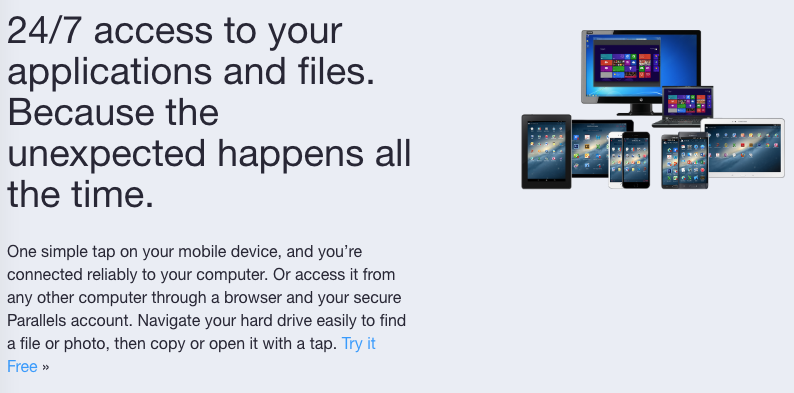
- RUBY ON RAILS PARALLELS ACCESS LOCALHOST HOW TO
- RUBY ON RAILS PARALLELS ACCESS LOCALHOST INSTALL
- RUBY ON RAILS PARALLELS ACCESS LOCALHOST MAC
We found parallel system tests to be flakey, so we disable them with an environment variable. Run system tests inside the container $ PARALLEL_WORKERS=1 rails test:system
RUBY ON RAILS PARALLELS ACCESS LOCALHOST HOW TO
Maybe later we’ll figure out how to provide a whitelist for just the dev container. Please protect ports used by ChromeDriver and related test frameworks to prevent access by malicious code. # Convey which port Capybara should be starting test servers on fail loudlyĬAPYBARA_SERVER_PORT: "$) on port 9515Īll remote connections are allowed. Content Management System Oracle11g Jenkins Ruby On Rails Google Compute. # Specify a recent version of docker-compose to ensure we have fancy environment Access and acquire video and audio streams Establish a connection between peers. devcontainer/docker-compose.yml, with the important elements commented. Configure Docker-Compose for external browser testing We arbitrarily chose port 3434, and documented that choice with an entry in a brand-new. We want tools outside the container to be able to consistently communicate with the test server. Choose a stable port for the test serverīy default Capybara picks a new random port to run the test web server on every time system tests are run.
RUBY ON RAILS PARALLELS ACCESS LOCALHOST INSTALL
# GemfileĪnd then ran bundle install again to update Gemfile.lock. The webdrivers gem was causing system tests to fail with “couldn’t find browser” error. We want the container to talk to a browser either on the Docker host machine, or in a dedicated selenium sidecar container. However, we don’t want to run the browser inside the container. The webdrivers gem is a lovely convenience for making sure you have the right browser and WebDriver tool installed before running system tests. I’ve also written up an in-depth breakdown of what all these parts are, and how they work together in Rails system tests. including Ruby on Rails, Ruby Sinatra, Spring Java, and node. I’m going to skip all that for this write-up, and just break down our working configuration piece by piece. Installing RabbitMQ is the very first step to get started with background process in Node. It pops up Chrome windows on the host machine, and exercises our app!Ĭoming up with the steps below involved a lot of trial-and-error, research, and debugging. The outcome: we can run Rails system tests inside a Docker container.
RUBY ON RAILS PARALLELS ACCESS LOCALHOST MAC
Also most rails devs use Linux or Mac for their work so I would advice the OP to use a VM with Ubuntu or set the machine up for dual boot. We already have perfectly good browsers on our host machines, and we’d like to use them natively. According to the stack trace sqlite3 isn’t part of the bundle, so bundle install wouldn’t help without adding it first. The preference: we want to see the browser-based tests running, but we don’t want to mess around with running browser inside a container and tunneling its display to an external X-Windows server.


The complication: we develop our Rails project within Docker, in order to make every aspect of our development environment reproduceable. The problem: we wanted to get Rails system tests running using a browser on our development machines.


 0 kommentar(er)
0 kommentar(er)
